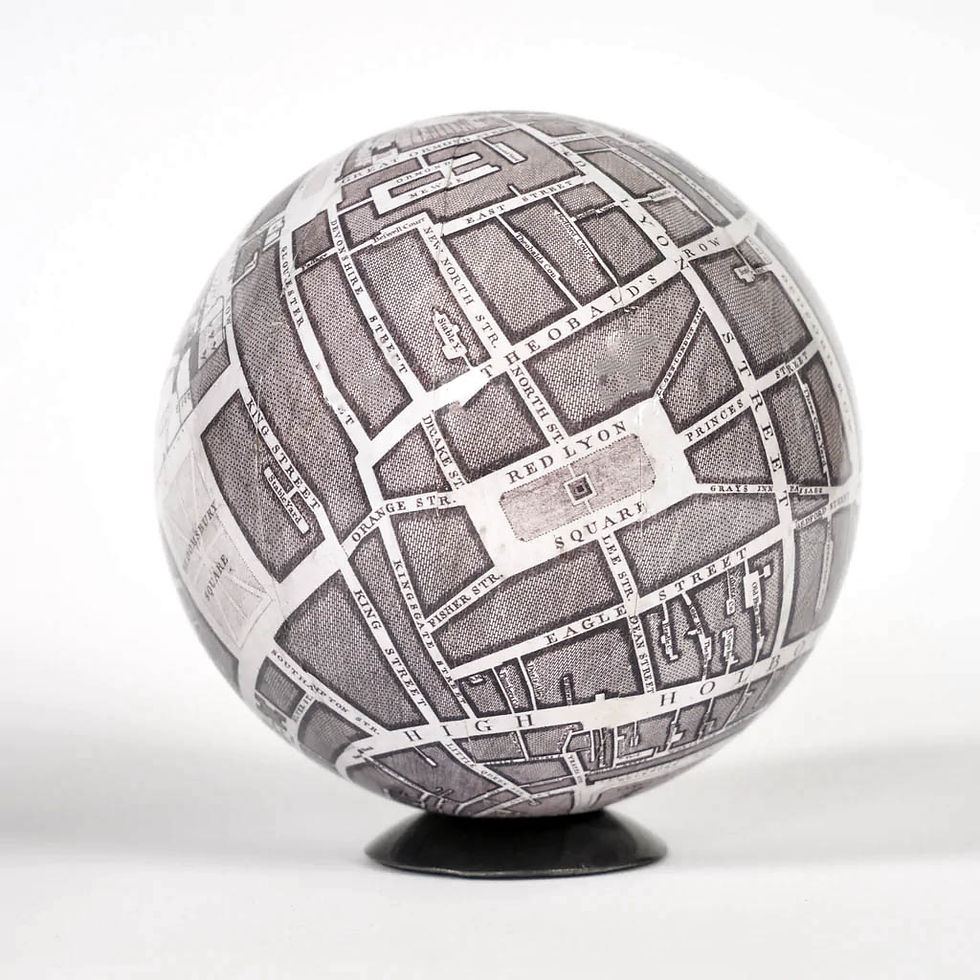A Plan of the Cities of London and Westminster and Borough of Southwark; with the Contiguous Buildings.
Published in London, 1746, by John Rocque.
This section features the area of Bloomsbury, London. Taking in Red Lion Sq, Grays Inn and Bloomsbury Sq .
John Rocque was born in France, from a family of Huguenots. Rocque’s surveying and map publishing business started in Windmill Street, Soho. He eventually opened a shop in Piccadilly.
Initially Rocque focused exclusively on maps of country estates following the new-found interest among the gentry in the design and landscaping of their gardens. After 14 years of estate work his interest turned to large scale town and county maps. In 1737 he started the preliminary survey for his most famous map.
A prospectus for the map was published in 1740. The map was financed by people subscribing to obtain a copy. One guinea was paid as a deposit and two guineas when the map was received.
The map was based on the first new survey of the city since 1670. Rocque combined two surveying techniques. He made a ground-level survey with a compass and a physical metal chain (the unit of length being the chain). Compass bearings were taken of the lines measured. He also created a triangulation network over the entire area by taking readings from church towers and other high places using a theodolite to measure the angle between prominent locations. The survey, undertaken with engraver John Pine, took seven years.
The subscription list of 365 names is a testament to the wide appeal of the map. The Prince of Wales and the Duke of Cumberland were accompanied by the Attorney General, The Lord High Chancellor, The Lord Mayor of London, The Master of the Rolls, 15 dukes, an assortment of other nobles, two ambassadors, Fellows of the Royal Society, clergymen, army officers, lawyers, architects, surveyors, engineers, book and print sellers, instrument makers, seedsmen and gardeners, carpenters, bricklayers, plasterers, coachmakers, masons, drapers, wine makers, and timber merchants.
John Rocque - Bloomsbury
Each sphere is hand made from casting plaster. Each globe is made in the time honoured traditional method. 12 paper gore sections are carefully applied to the sphere with starch paste. Once dry the surface is burnished and finished with multiple very thin layers of varnish.. Each map or prospect globe is registered at the IPO with a certificate of registration for UK design






